It takes some balls to stand up to an empire. Particularly when that empire was the Soviet Union, whose gulag-filled Siberian wastelands were home to countless numbers of political prisoners, many of whom never returned. But resist is exactly what quite a few Lithuanians did, over and over again, on an otherwise nondescript site, just outside of the small city of Šiauliai, known as the Hill of Crosses.
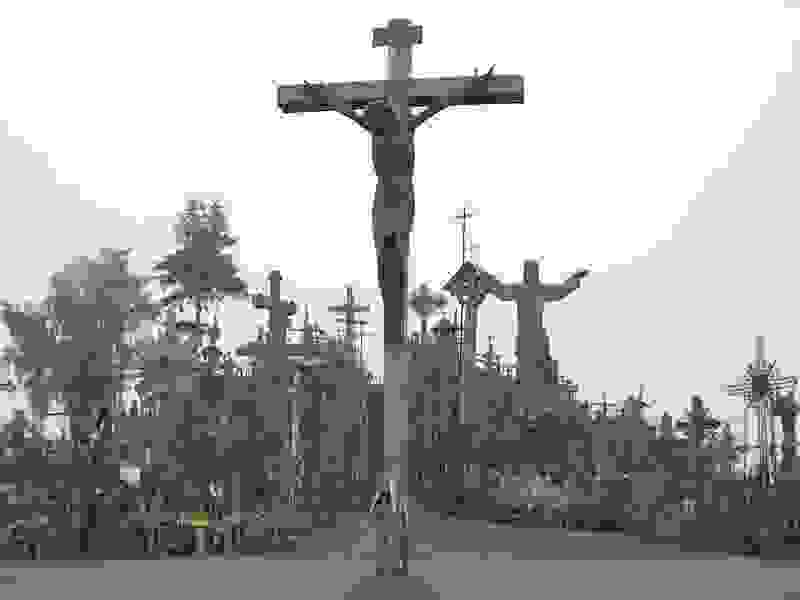
Part memorial, part resistance symbol, part pilgrimage site, Lithuania’s Hill of Crosses has become a monument to the resistance movement against one of the world’s most powerful empires. Located far away from any city center, in an eerily quiet, peaceful corner of a tiny country who never let its dreams of independence die, the Hill of Crosses is a classic David and Goliath story hundreds of years in the making. Lithuanians set up crosses on the hill, and Soviet troops kept knocking them down, one decade after another.
The history of the Hill of Crosses
Rumor has it the tradition began as a mass memorial practice, where families would place crosses for fallen soldiers whose bodies were impossible to find, way back in the 1800s, when the Russian Empire ruled the land. Once Russia turned into the Soviet Union and “invited” Lithuania to join the club, religion was off-limits, and traditions relating to national identity were…”frowned upon.” A whole lot of bulldozing ensued.

You know what happens when a massive empire takes over your country and bans your traditions and threatens to throw you and your whole family into the gulag? Well, if you’re Lithuania, you keep right on doing it. And so the Hill of Crosses lived on. Soviet forces knocked down the crosses, burned them or melted them down for scrap metal, and turned the site into a garbage dump. Over and over again. But crosses just kept showing up.
And now? Well, the site is more famous than ever, and grows bigger every day. Today there are hundreds of thousands of crosses, of all different shapes and sizes, and the hill has become a national pilgrimage site, and a symbol of peaceful resistance, not only for Lithuanians, but other oppressed peoples all over the world.
Visiting the Hill of Crosses
I knew I’d be visiting the site as soon as I started reading about it, particularly as it was merely a quick bus ride (and a long walk) outside of Šiauliai. Religion is most certainly not my thing, but local history is something I try my best to absorb, particularly the not-so-glamorous chapters, many of which have occurred far more recently than seems reasonably possible. The last century has not been kind to Eastern Europe, and although it was exciting to see significant progress, even in the far reaches of former Soviet territory (Lithuania has even joined the EU), lingering scars may take decades to heal.
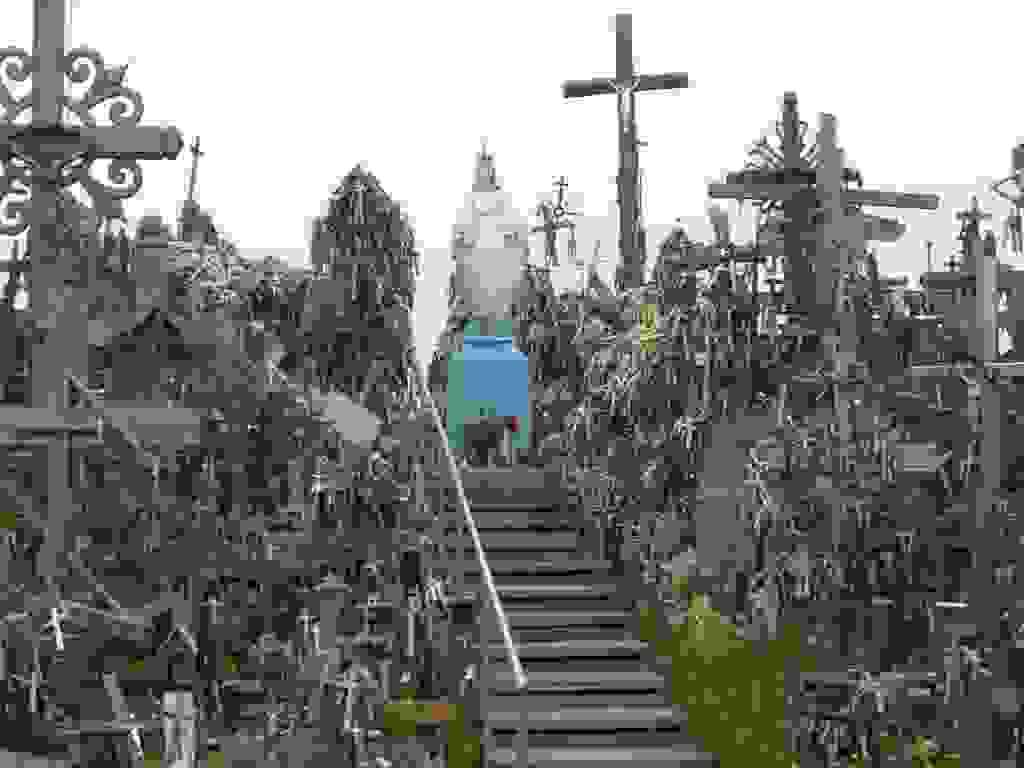
The Hill of Crosses was something of a microcosm of these events; hundreds of years of quiet, dignified resistance in the face of monumental oppression. I don’t think I’ve ever seen anything quite like it before.
It was a long, lonely walk along the empty road to the site, which was entirely blanketed in thick fog and cloaked in eerie silence. As the biggest, tallest crosses became visible over the height of the fog, they seemed to tell a story. Each one, of which there are hundreds of thousands, meant something to someone, perhaps as a memorial, perhaps as a desire to participate in the symbolic voice of the crowd. Some are new. Others are perhaps decades old. With no one around to tell their stories, all anyone can do is wonder what they meant to each and every person that has visited here.
The unfortunate truth of history is that most stories are forgotten. And at the Hill of Crosses, hundreds of thousands of stories go untold. And beyond that, many of the symbols are gone. The last time the Soviet forces cleared the site was in 1975. But every one of these crosses, even the ones destroyed centuries ago, had a story to share.
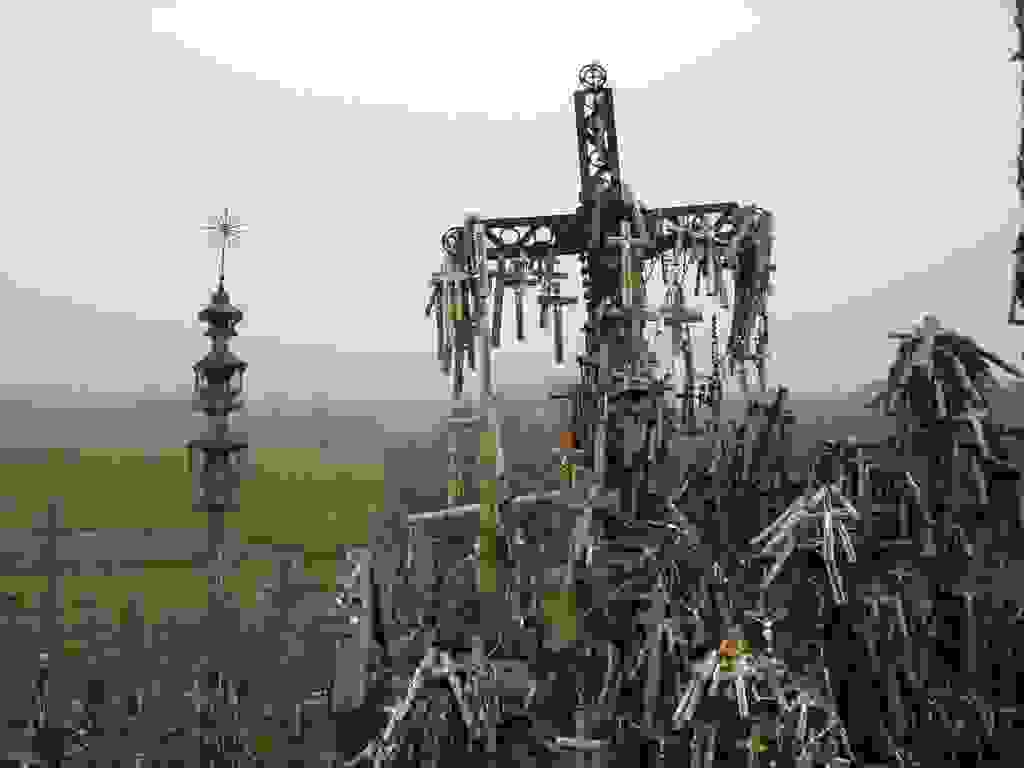
It’s a strange world we live in, and humanity has had a patchy history of mistreating itself in rather horrifying ways. The Hill of Crosses, to me, was a quiet, dignified symbol of how far we have yet to go, and how far people have gone to survive in the face of seemingly insurmountable difficulty. It is not to be missed.
Oh, fun fact: Lithuania was the first Soviet Republic to declare independence from the Soviet Union. They had something of a defiant history, after all.
High five, Lithuania. High five.

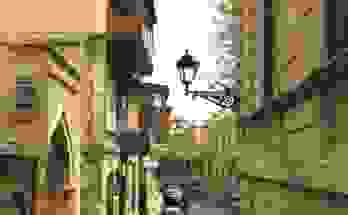
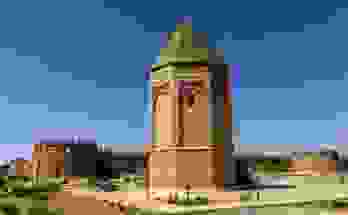
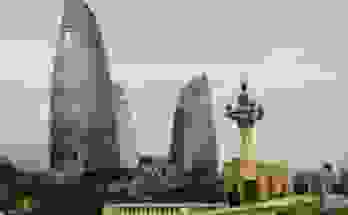
This is really interesting. I don’t know much about Lithuania, but will be spending some time in Eastern Europe next year and will have to add it to the itinerary.
It’s quite an interesting place. And the heavy fog that was around that day certainly helped.
OOOOH. This has been on my list of things to do for a couple of years now. LOVE the pictures.
I really wanted to see this place when I was in Lithuania but didn’t have the time, it looks so interesting!
Hot damn, I had no idea that something like that existed. I’m not really one for religion either, but seeing all of those crosses displayed like that is an incredibly powerful image of defiance.
I’m not religious at all either, but it was a nice monument to peaceful resistance.
This looks like an amazing place. Just the commitment, the spirit, and the courage it must have taken to place the crosses again and again in the face of that almost overwhelming force. Crosses destroyed, and then one reappears, and another, and another. That’s what I believe in: the power of the collective human spirit — whether divinely inspired or not — to overcome almost any obstacle. Makes me very happy. Thanks for introducing me to yet another thing I didn’t know about the world. Really loving your blog. I’m fast advancing upon my dotage, but planning my life of travel once Deaf Betty and little Bill cross the Rainbow Bridge. You’re really inspiring me.
Always happy to help share interesting things around the world with people who love seeing them.